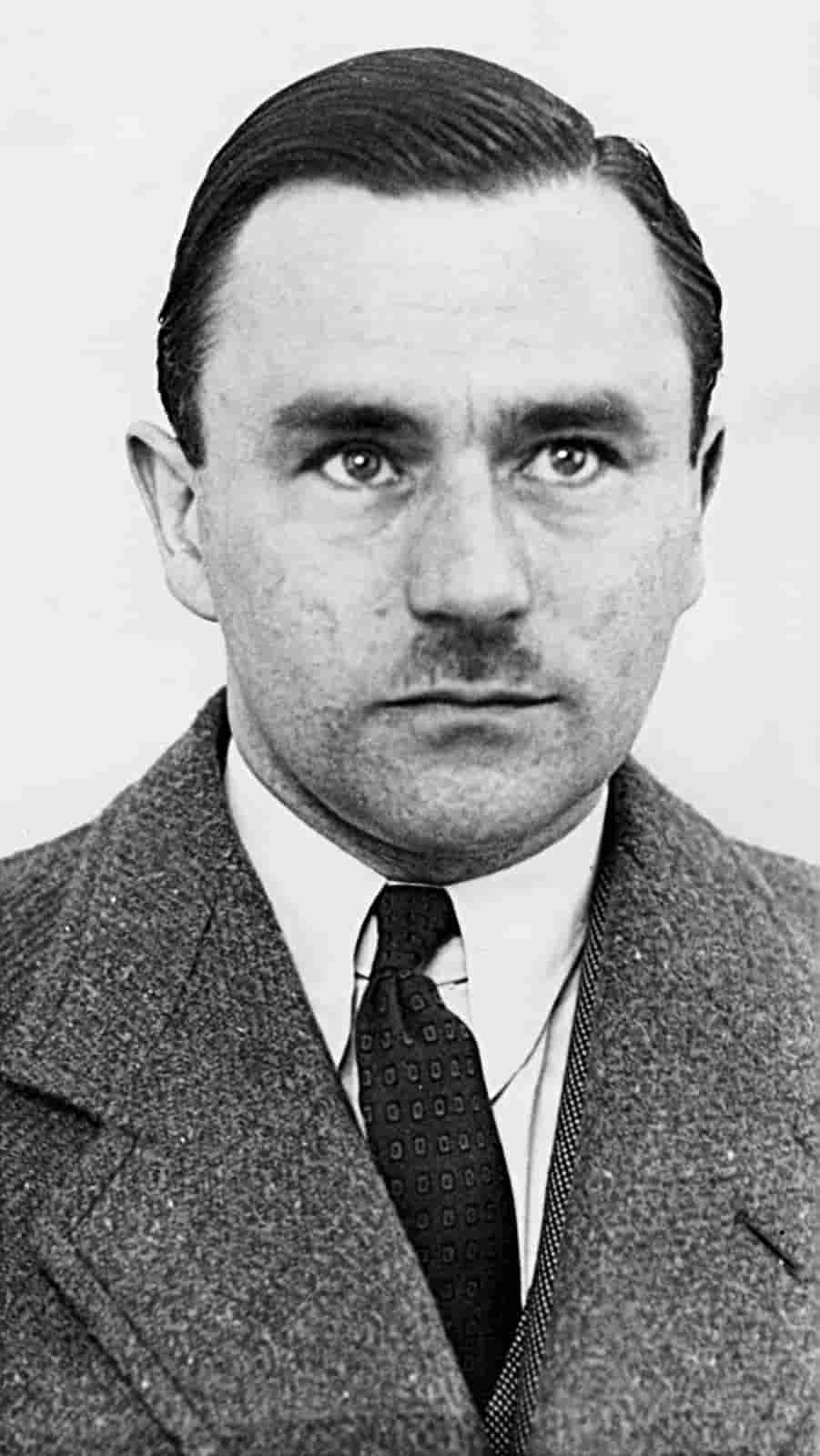John Haigh, commonly referred to as the “Acid Bath Murderer,” was a notorious serial killer who operated in England in the 1940s. He was responsible for the deaths of several people. He became one of Britain’s most infamous criminals after killing six people. Although Haigh was found guilty of his horrific atrocities, he was executed by hanging in 1949; yet, his crimes continue to fascinate the imagination of the general public.
Early Years and Beginnings in Criminal Activity
1909 was the year that John George Haigh was born in Lincolnshire, England. He was the youngest of three children in an intensely devout household, and he was the youngest of the three. Haigh was raised in a controlled environment, contributing to his early interest in delinquency and the legal system. He was taken to a juvenile detention centre when he was found stealing when he was a youngster. After being released from prison, he sought employment as a salesperson and a driver.
In the 1930s, when Haigh first started committing acts of fraud and theft, his career as a criminal got off to a serious start. He was taken into custody on many occasions and served time in jail, but following his release, he continued to engage in criminal activity. In 1944, Haigh became acquainted with a wealthy individual named William McSwan, whom he murdered and dismembered. Haigh then used acid to dissolve McSwan’s body, a process he would utilise in his latest killings. McSwan was the first victim of Haigh’s murderous spree.
Assaults on Prisoners and Arrests

After murdering McSwan, Haigh went on a murderous rampage for several years. He murdered his victims, most of them affluent individuals, at his workshop after luring them there with promises of money. After that, he disposed of their remains by dissolving them in acid and pouring them into a hole in his garden. Haigh was under the impression that he might evade capture by the authorities if he dissolved the remains of his victims.
In 1949, Haigh was caught for the murder of a wealthy couple who went by the names Dr Archibald and Rose Henderson. This put a stop to the murdering rampage that Haigh had been on. Haigh had murdered the couple and then dissolved their bodies in acid. Still, he had made a critical error: he had preserved the couple’s dentures, which allowed the police to identify the victims positively. After Haigh’s arrest, he immediately confessed to each of the killings he had committed.
Putting on Trial and Killing
The trial of Haigh was one of the most spectacular in the history of the United Kingdom. The jury reached a guilty verdict on all six counts of murder against him, and the judge referred to him as “a completely vile and repugnant man.” Haigh was given the death penalty, and in August of 1949, he was put to death by hanging at Wandsworth Prison in London. He finished his life by saying, “I deserve my fate.”
Tradition and Contemporary Pop Culture
The murders committed by John Haigh continue to captivate the general public’s attention, and the term “Acid Bath Murderer” has entered the lexicon of popular culture. His life has been chronicled in many novels, films, and television series, and he is still considered one of the most notorious criminals in the history of the United Kingdom.
The decision in the Haigh case also had a profound effect on British legal doctrine. This case was significant because it not only established the idea that a person cannot be found guilty of murder if there is no corpse but also improved how forensic evidence was gathered and examined.
Both John Haigh’s life and his crimes were horrific, and as a result, they continue to capture the imagination of members of the general public. He was an intelligent and crafty murderer who was under the delusion that he could get away with murder if he used acid to dissolve the bodies of his victims. However, his criminal actions finally led to his capture and conviction, and he was sentenced accordingly. The legacy of Haigh is one of terror and curiosity, constantly reminding us that evil may be concealed even in the most innocuous of settings.
Read Also: The Life and Legacy of Liu Wen Cheng: A Pioneer in Taiwanese Folk Music

